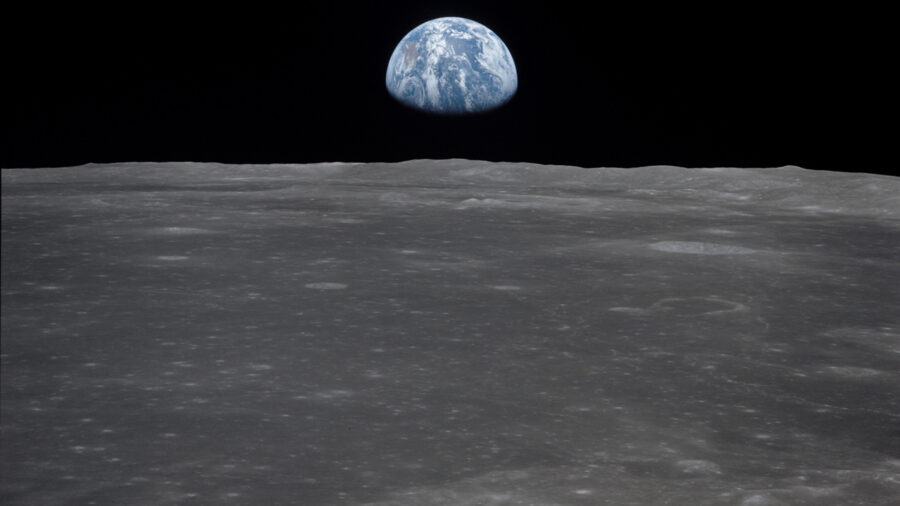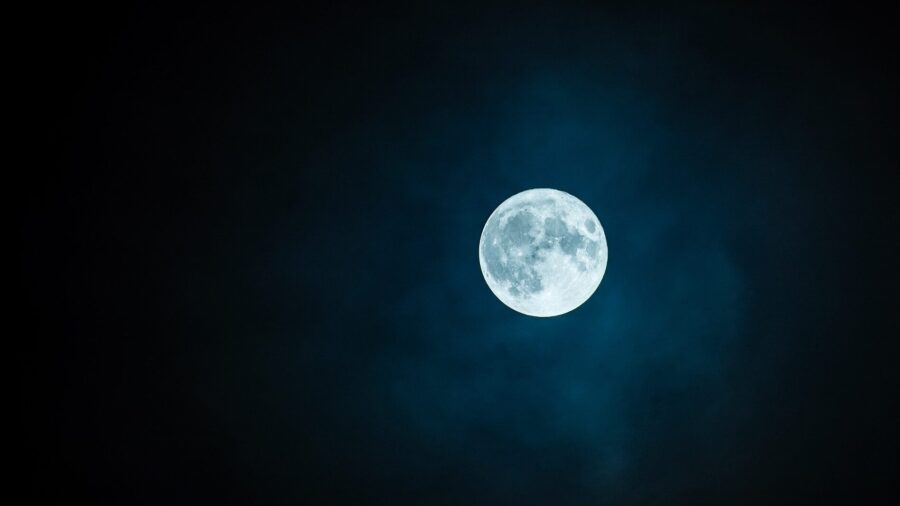NASA Is Bringing Oxygen And Water To The Moon
NASA plans to have water and oxygen on The Moon by the end of the decade, starting with the 2025 Artemis Mission.

The United States is going back to the Moon, and this time, we’re doing things a bit differently. While Neil Armstrong might have taken one small step for man back in 1969, the crew of NASA’s Artemis Moon mission plans to set down roots to create a long-lasting presence on the surface of our lunar neighbor. The first step to completing this mission is figuring out a way to bring oxygen and water to the Moon, according to The Jerusalem Post, which the agency plans to accomplish in the next decade.
In addition to figuring out the basic means of living, NASA also plans to excavate the Moon for its resources and is already in motion to collect Moon soil by 2023 and plans to expand to iron and rare earths. All of this is part of the US space agency’s aims to leverage these resources for the Artemis mission, which intends to return Americans to the Moon by 2025.
In addition to using the lunar mission to acquire knowledge that will help us plan a future trip to Mars, the mission also plans to bring the first woman to the Moon and the first person of color.
Gerald Sanders, a prominent rocket scientist at NASA’s Johnston Space Centre with 35 years of experience, emphasized the importance of advancing commercial opportunities in space. To attract commercial investment, NASA plans to quantify potential resources, such as energy, water, and lunar soil.
Sanders stated that developing NASA’s access to Moon resources is critical for cost reduction and establishing a circular economy.
Sanders explained that NASA’s objective is to invest in the exploration phase to help them fully understand the resources they can obtain from the Moon, thereby mitigating risks and external investment later on down the road. He further emphasized that NASA has only just begun exploring the surface of the Moon and there there is still so much left to learn.
To expedite this ambitious project, NASA intends to send a test drill rig to the Moon by the end of this month. The agency plans a larger-scale excavation of lunar soil, known as regolith, along with the establishment of a pilot processing plant in 2032. These efforts will help NASA gain valuable insights into the Moon’s resources and their potential applications.

While the lunar resources hold tremendous potential, the immediate customers for these resources are expected to be commercial rocket companies. These companies can utilize the Moon’s resources, such as fuel or oxygen, to support their space missions.
To help with this endeavor, the Australian Space Agency is collaborating with NASA to develop a semi-autonomous rover, slated to join a NASA Moon mission as early as 2026, to collect regolith samples containing oxygen in the form of oxides.
Samuel Webster, an assistant director at the Australian Space Agency, highlighted the significance of the ASA’s team-up with NASA’s Moon project. He stated that the rover’s primary goal is to demonstrate lunar soil collection and extract oxygen from it.
According to Webster, this accomplishment is an important milestone in creating a long-lasting human presence on the Moon and facilitating future expeditions to Mars.
As NASA forges ahead with its Artemis mission and the development of the Moon’s resources, the scientific community and space enthusiasts eagerly anticipate the new opportunities that lie ahead.
With the potential to unlock the Moon’s resources, including oxygen, water, and beyond, these endeavors mark a giant leap toward achieving a sustainable and prosperous future in space exploration.












